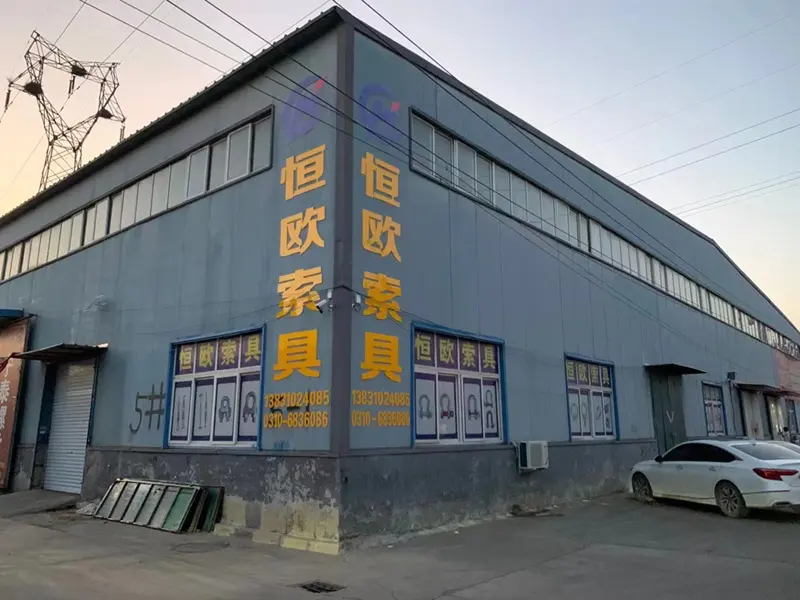
ოქტ . 20, 2024 04:52 Back to list
hpmc gelation temperature
HPMC Gelation Temperature Understanding the Thermal Properties of Hydroxypropyl Methylcellulose
Hydroxypropyl methylcellulose (HPMC) is a widely used cellulose ether in various industries, particularly in pharmaceuticals, food, and construction. One of the critical properties of HPMC that influences its application is its gelation temperature. This property is crucial for formulating products that require specific textural or viscosity characteristics at varying temperatures.
What is HPMC?
HPMC is synthesized from cellulose, a natural polymer, through a series of chemical reactions involving the substitution of hydroxyl groups with hydroxypropyl and methyl groups. This modification enhances its solubility in cold water, making it suitable for a range of applications. HPMC serves as a thickening agent, binder, and film-forming agent. In pharmaceutical formulations, HPMC is often used for controlled drug release, while in the food industry, it is used to improve the texture and shelf life of products.
Understanding Gelation Temperature
The gelation temperature of HPMC is the temperature at which it transitions from a liquid state to a gel-like state. This transformation is influenced by several factors, including the concentration of HPMC in the solution, the degree of substitution, and the presence of other substances such as salts or surfactants.
At lower concentrations, HPMC remains soluble in water and exhibits viscosity. However, as the temperature increases, the molecular interactions between HPMC molecules enhance, leading to the formation of a gel network. This gelation process is reversible; upon cooling, HPMC can dissolve back into the solution, making it a unique material for various applications.
Factors Affecting Gelation Temperature
1. Concentration of HPMC Higher concentrations typically lead to higher gelation temperatures. This is attributed to the increased interaction between polymer chains, which stabilizes the gel structure.
hpmc gelation temperature

2. Molecular Weight The molecular weight of HPMC can influence its thermal behavior. Lower molecular weight HPMC may gel at lower temperatures compared to higher molecular weight variants, due to differences in chain flexibility and entanglement.
3. Degree of Substitution The ratio of hydroxypropyl to methyl groups attached to the cellulose backbone affects solubility and gelation. Variations in the degree of substitution can modify the hydrogen bonding capabilities of the HPMC, altering its thermal properties.
4. Ionic Strength The presence of salts or charged particles can disrupt the hydrogen bonding between HPMC molecules, thus reducing the gelation temperature. Ionic interactions in the solution environment play a significant role in influencing gel properties.
5. pH Level The pH of the solution can impact the ionization of functional groups in HPMC, thereby altering its solubility and gelation behavior. This effect must be considered in formulations where pH may change.
Applications of HPMC Gelation
The gelation properties of HPMC make it indispensable in numerous applications. In the pharmaceutical industry, for example, HPMC-based gels are utilized for drug delivery systems, offering controlled release profiles. In foods, HPMC helps create stable emulsions and foams by providing a desirable mouthfeel and texture. In the construction sector, HPMC is used as an additive in dry-mix mortars and adhesives, improving workability and adhesion properties.
Conclusion
In summary, the gelation temperature of HPMC is a pivotal property that significantly impacts its practical applications across various industries. Understanding the factors that influence this temperature can guide formulators in optimizing HPMC-based products to meet specific performance criteria. Further research into the thermal properties of HPMC not only enhances the material's functionality but also paves the way for innovative applications, making HPMC an essential component in modern formulation science. As industries continue to evolve and demand new materials with tailored properties, HPMC's gelation behavior will undoubtedly remain a topic of interest and innovation.
-
Unlocking the Benefits of HPMC Products: A Gateway to Versatile Applications
NewsAug.07,2025
-
Unleashing the Potential of HPMC Ashland: A Comprehensive Look
NewsAug.07,2025
-
Tile Bonding Cellulose: The Key to Superior Adhesion and Durability
NewsAug.07,2025
-
Hydroxypropyl Methylcellulose Powder: The Versatile Component in Modern Pharmaceuticals
NewsAug.07,2025
-
Hydroxyethyl Cellulose: The Versatile Solution for Various Industries
NewsAug.07,2025
-
Hydroxyethyl Cellulose (HEC): The Versatile Polymer for Various Applications
NewsAug.07,2025







